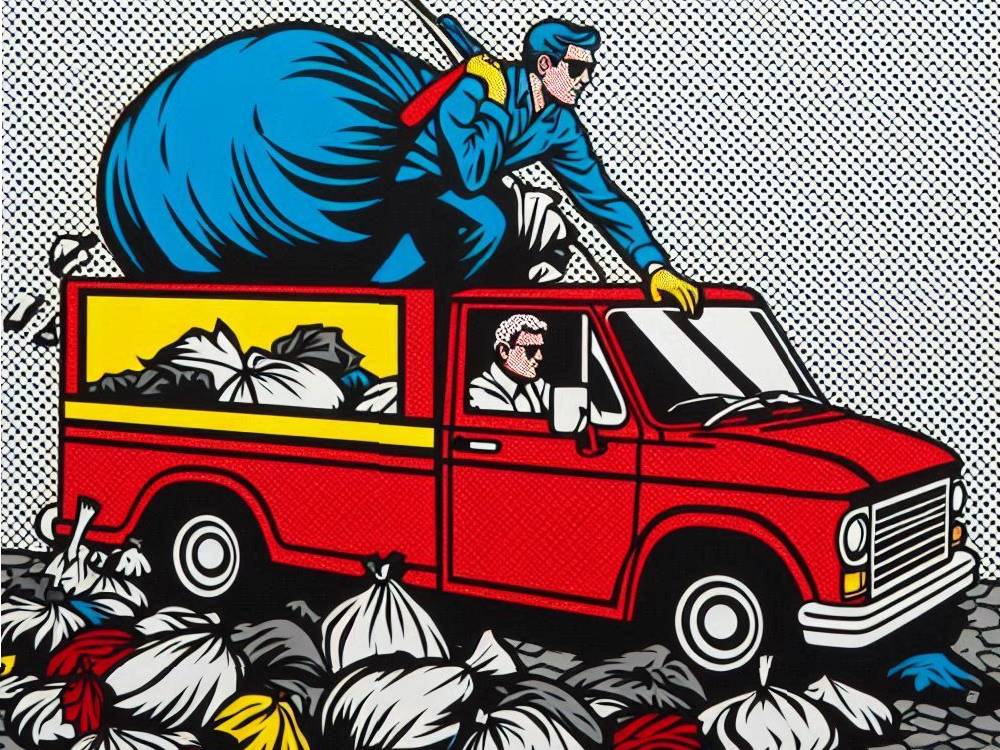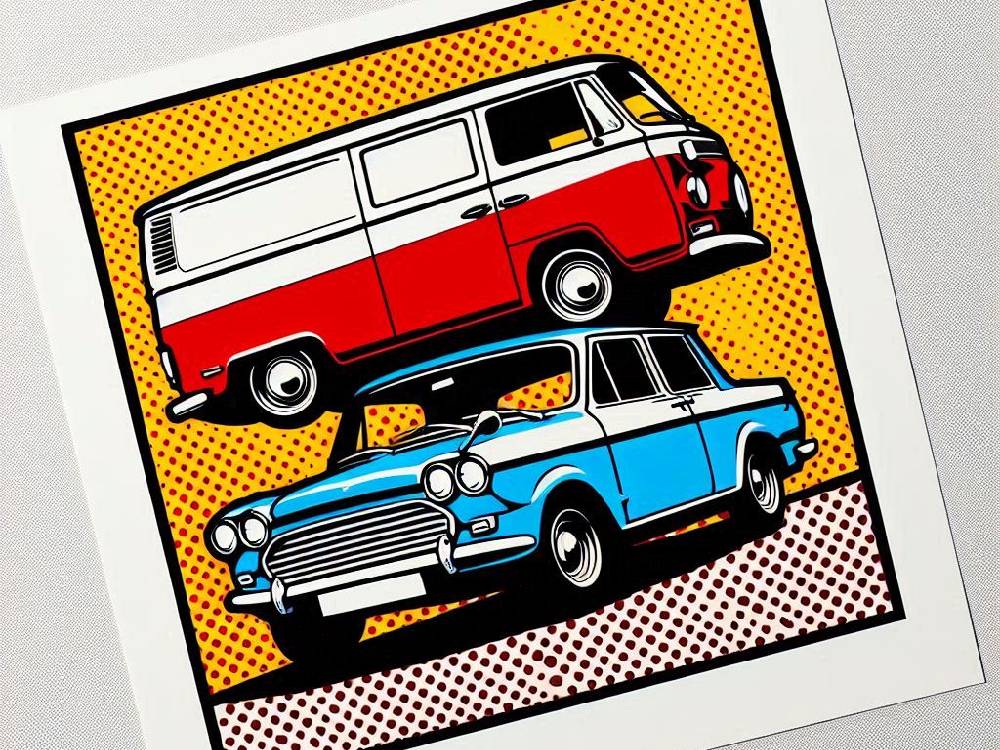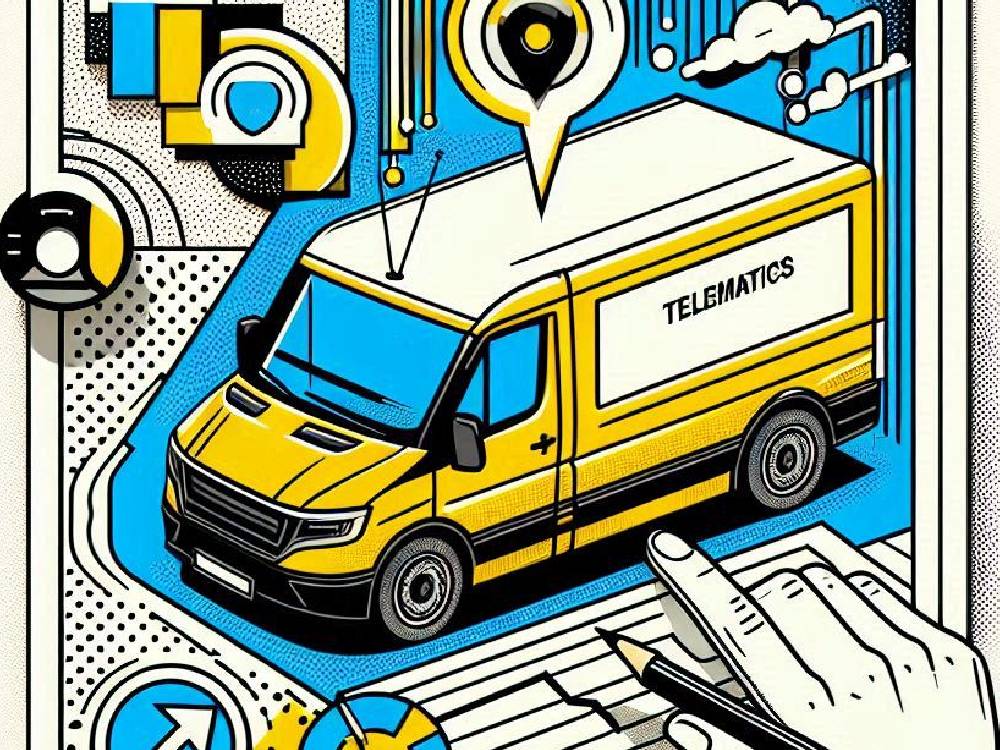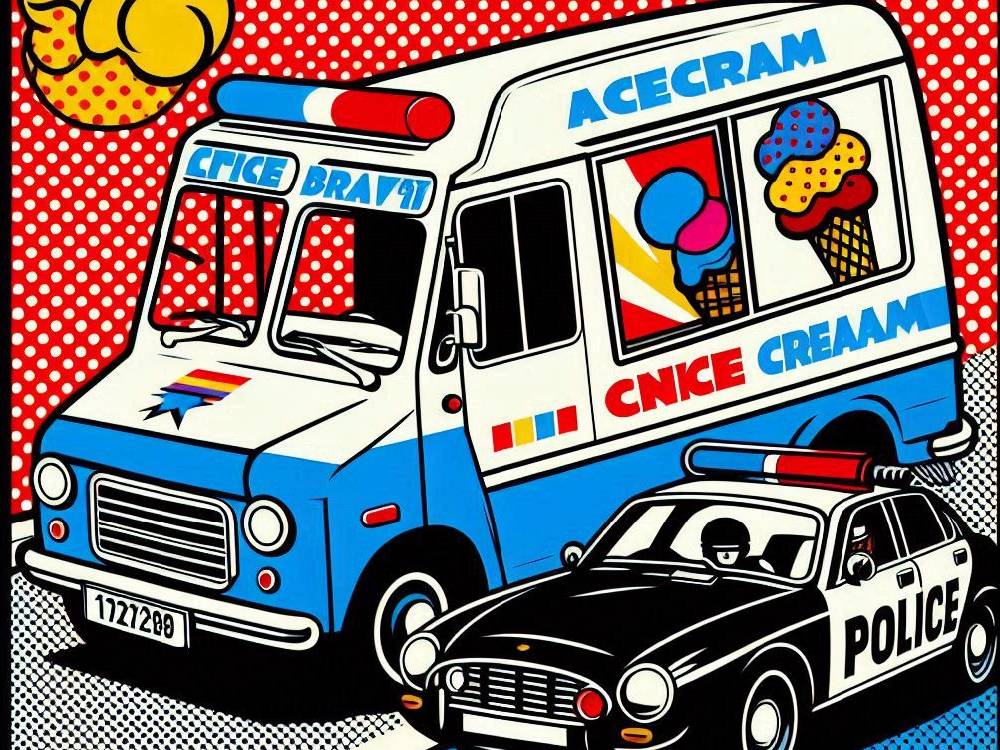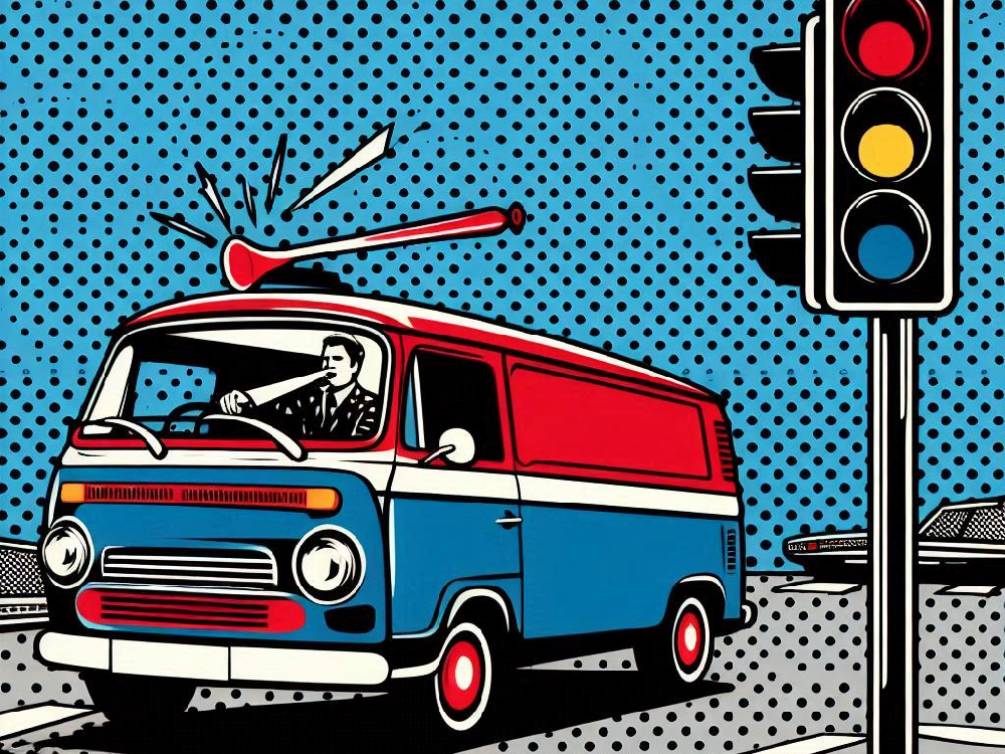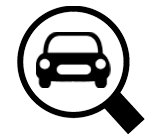The Consequences Of Fly-Tipping
Fly-tippers harm the environment and communities and is a criminal act.
Unfortunately, some individuals continue engaging in this illegal activity despite severe penalties.
In Redbridge, authorities fined a man £800 for dumping tyres and old carpets in an alleyway after successfully tracking him down.
Tracking Down Fly-Tippers
The article highlights how Redbridge Council and the Police actively investigated and seized two vehicles involved in fly-tipping incidents.
The owner of the van was traced, admitted to fly-tipping, and fined £800. The seized van was crushed due to non-collection.
This incident serves as a reminder that engaging in fly-tipping is a serious offense, carrying harsh consequences such as substantial fines and possible imprisonment.
Moreover, it highlights the importance of disposing of waste responsibly and legally to avoid such penalties.
Fly-Tipping is An Illegal Activity
As such, it is unlikely that an insurance company would cover any damage or loss resulting from it.
In addition, the owner of the van may also face higher premiums or difficulty in obtaining insurance in the future due to their involvement in criminal activity.
Van owners should actively act responsibly and adhere to legal practices to prevent any negative consequences on their insurance policies.
How To Avoid Falling Foul Of The Law
The article offers several useful tips to help homeowners avoid breaking the law.
First and foremost, hire only licensed waste removal services and conduct thorough research to find reputable companies or individuals.
Additionally, actively record the vehicle’s registration, use traceable payment methods, and obtain a waste transfer note and receipt as evidence to safeguard against fly-tipping.
By following these steps, homeowners can better protect themselves from legal issues.Conclusion
The article serves as a reminder of fly-tipping’s severe consequences: environmental harm, community impact, fines, and imprisonment for offenders.
Van owners who use their vehicles for fly-tipping may face even harsher penalties, including difficulty in obtaining insurance in the future.
Disposing of waste responsibly and legally is crucial, and the tips provided in the article can help homeowners avoid legal troubles.
Furthermore, by taking responsibility for waste disposal and following legal procedures,
we not only avoid penalties, but also contribute to a cleaner and safer environment for everyone.

